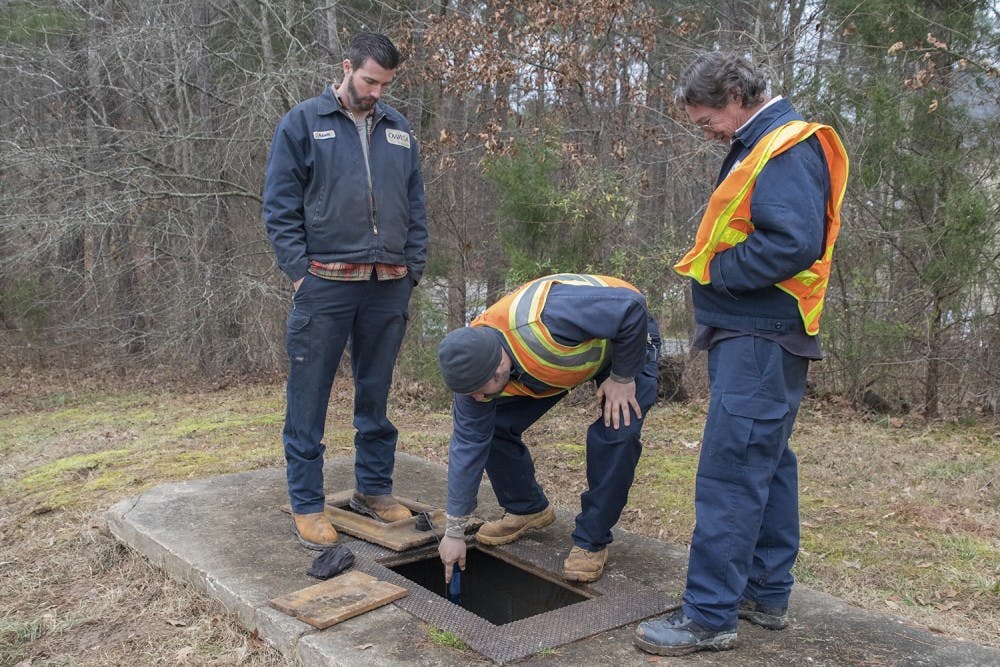Chapel Hill and Carrboro residents pay an average of around $19 more for water and sewage per month than Durham and Raleigh.
“Affordability of our services is a big thing for us here at OWASA,” said Stephen Winters, director of finance and customer service at Orange County Water and Sewer Authority. “It’s something that we are conscious of and focused on.”
The average Chapel Hill-Carrboro single-family residence pays $83.53 for 5,000 gallons of water.
The UNC Environmental Finance Center reports OWASA customers spend 1.61 percent of the median household income. Raleigh and Durham residents spend 1.49 percent and 1.41 percent of the median household income, respectively.
While officials give no specific reason concerning why OWASA rates are higher than those in Raleigh and Durham, Ed Buchan, a senior utilities analyst for the City of Raleigh, said the City of Raleigh Public Utilities Department has an advantage because of the number of people it serves. Since Raleigh has a more dense population, they can spread the price of water and sewage expenses over more people.
OWASA serves about 83,000 customers while the City of Raleigh Public Utilities Department serves about 522,000 customers. Both organizations must account for operating wages as well repair costs.
“It’s a balancing act between affordability and potentially devastating infrastructure issues,” Buchan said.
Raleigh also charges a lower “conservation signal”, an increased rate for every 1,000 gallons used above 10,000 gallons per month, than OWASA. The OWASA conservation signal is $17.42.
OWASA is an enterprise separate from the Chapel Hill and Carrboro town governments. It receives no funding from taxes. The state prohibits OWASA from giving subsidies or discounting their services for any customers.



